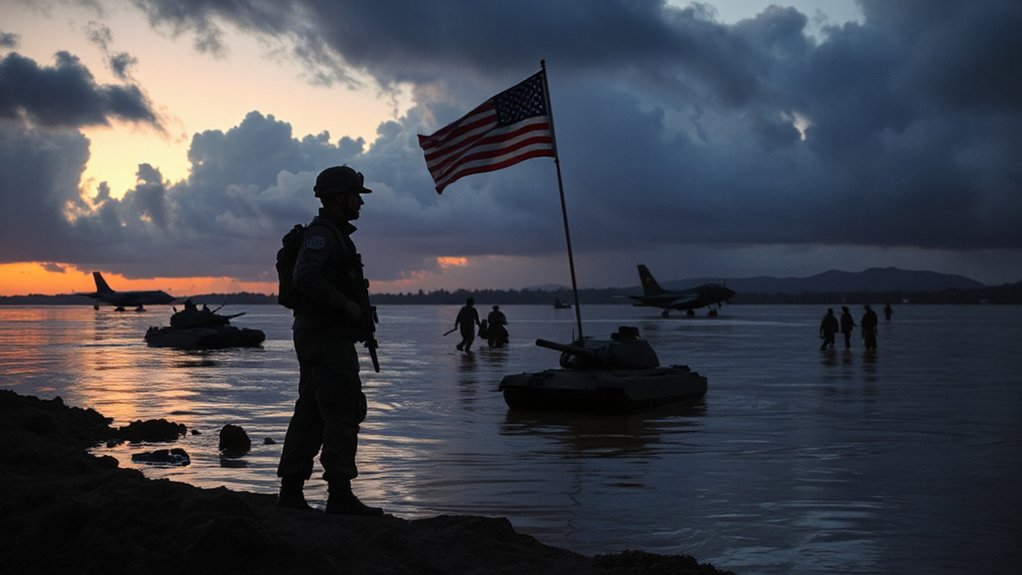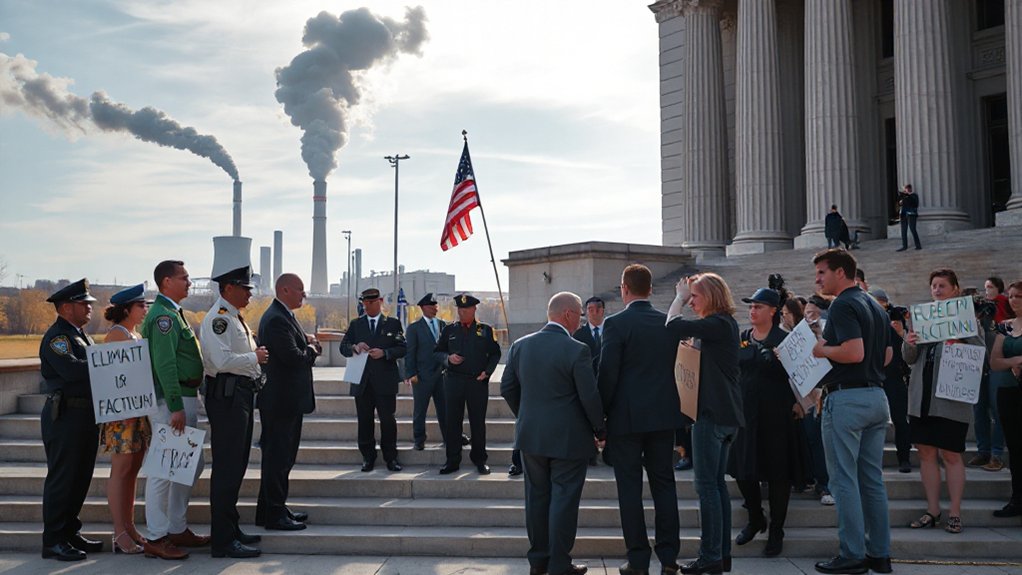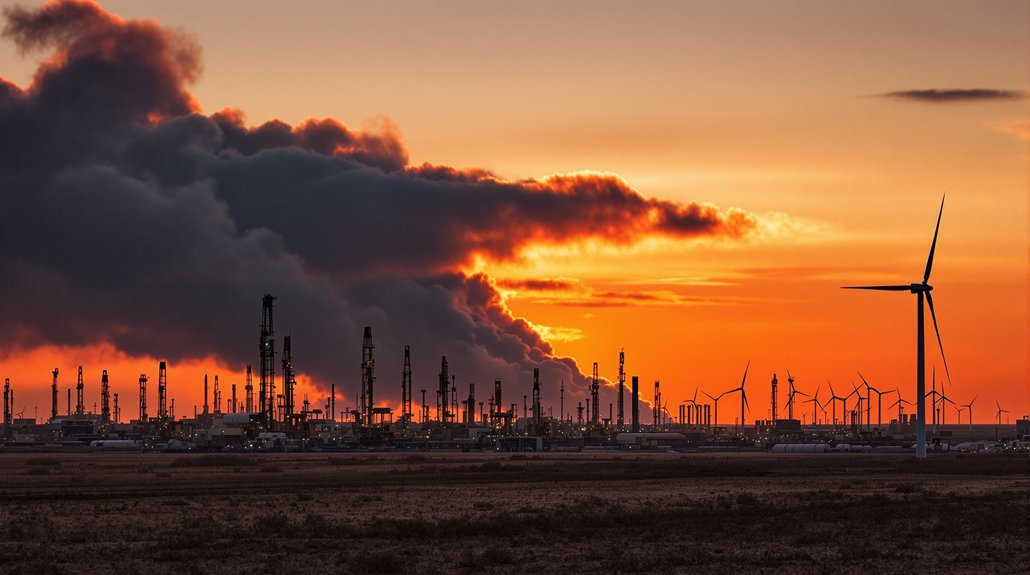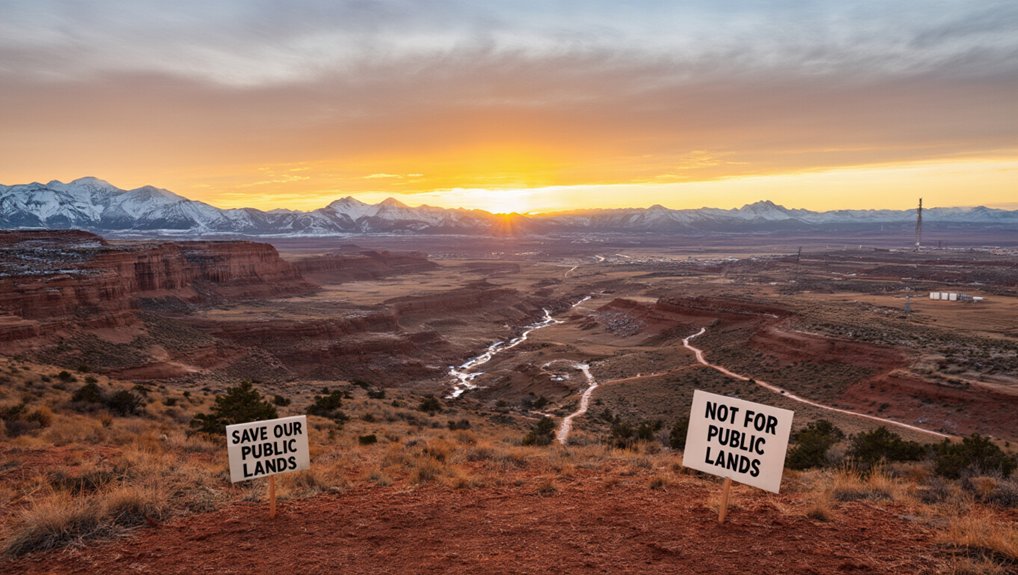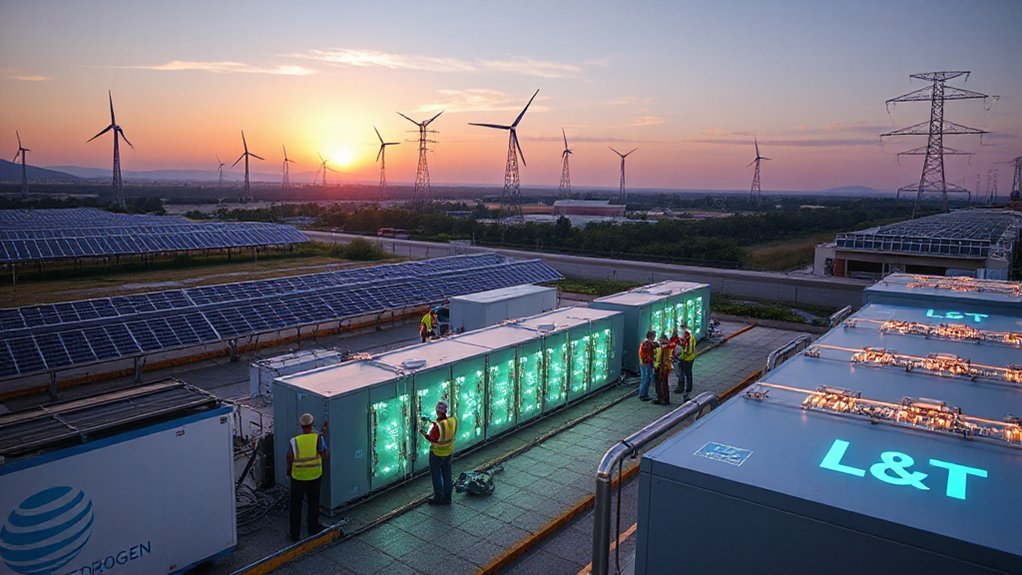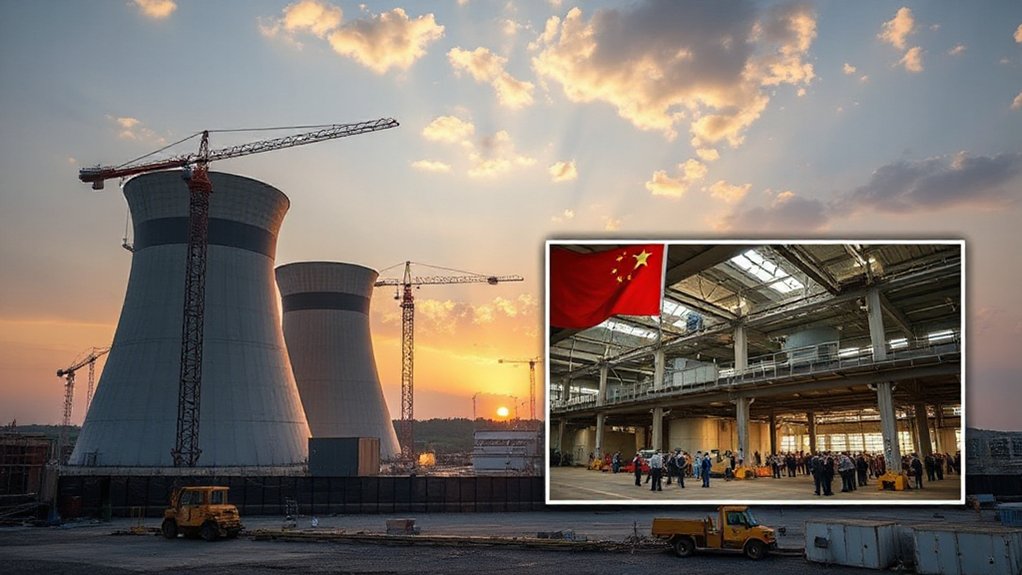How exactly does a warming planet threaten national security? The Pentagon isn’t worried about polar bears. They’re losing sleep over the fact that climate change acts as a “threat multiplier,” making existing dangers worse while creating brand new headaches for military planners.
For starters, Mother Nature is literally swamping our defenses. Over 30 U.S. military installations face threats from rising seas. By 2100, we’re looking at 2 to 4 feet of sea level rise, with a small but terrifying chance of something much worse.
Try launching fighter jets from a flooded runway. Good luck with that.
Meanwhile, the Arctic is melting faster than a popsicle in July, opening new shipping routes that Russia and China are eyeing hungrily. Nothing says “geopolitical tension” like a resource grab in newly accessible waters.
And submarines? Warming oceans are changing sound propagation patterns, making detection more complicated. The enemy you can’t hear is the one that sinks you.
Climate disasters are also forcing the military to play global emergency responder more often. Every hurricane or flood means troops diverted from their primary mission to distribute water bottles and rescue stranded civilians.
These humanitarian missions are necessary but drain resources and readiness.
Resource scarcity is the real powder keg. When droughts hit and crops fail, people get desperate. Desperate people fight. The intelligence community has warned for years that climate change ranks alongside terrorism and cyberattacks as top security threats, though some administrations conveniently developed selective hearing on this point.
Heat itself is becoming an enemy. Try training in 120-degree weather. Try maintaining equipment in sandstorms and floods.
The military’s response? Adapt or die. New doctrine, new planning, new costs. Defense budgets are stretching to cover both traditional threats and climate resilience.
The brutal truth? A planet in climate crisis is a more dangerous planet. Period.
The environmental consequences are equally alarming, with extreme wildfires contributing significantly to the fact that 156 million Americans now breathe dangerously polluted air.
The Trump administration’s cancellation of 91 social science research projects focused on climate impacts has further complicated military preparedness for these emerging threats.
In 2021, the intelligence community issued a National Intelligence Estimate that identified numerous countries highly vulnerable to climate change, reinforcing warnings that have been consistent since the first climate-focused assessment in 2008.
References
- https://insideclimatenews.org/news/15042025/todays-climate-national-security-research-trump/
- https://oeab.noaa.gov/wp-content/uploads/2022/04/NIE_Climate_Change_and_National_Security.pdf
- https://obamawhitehouse.archives.gov/sites/default/files/docs/National_Security_Implications_of_Changing_Climate_Final_051915.pdf
- https://nsarchive.gwu.edu/briefing-book/climate-change-transparency-project-intelligence/2025-02-28/climate-intelligence
- https://education.cfr.org/learn/reading/national-security-climate-change
- https://www.cbo.gov/publication/61146
- https://2021-2025.state.gov/climate-change-as-a-national-security-challenge/
- https://www.dni.gov/files/ODNI/documents/assessments/NIE_Climate_Change_and_National_Security.pdf
